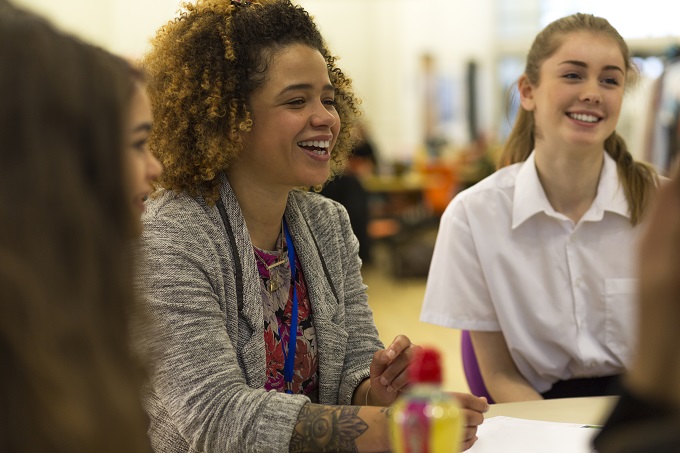Students are more than a number: why a learner profile makes more sense than the ATAR

A recent review of available pathways after secondary school into work, further education and training recommended all students leave school with a learner profile.
Recommendation four of the report, commissioned by the Education Council, said:
Students should leave school with a Learner Profile that incorporates not only their ATAR score (where relevant) together with their individual subject results, but that also captures the broader range of evidenced capabilities necessary for employment and active citizenship that they have acquired in senior secondary schooling.
This report echoed many of the themes raised in a September 2019 paper by the Australian Learning Lecturre: Beyond ATAR: A Proposal for Change. The paper proposed differences in the way we represent students’ knowledge, capabilities and activities, to describe secondary school graduates as whole human beings, and to ease transitions and pathways into further education and work.
The paper recommended completely replacing the ATAR (Australian tertiary admissions rank) with a learner profile, as opposed to having the ATAR be part of the profile.
But what is a learner profile, and do students really need it when they leave school?
More than a number
Is there a single number that can represent the totality of who you are? Your salary, height, weight, IQ? I think most of us would say “no”.
Yet a single number — the ATAR — is the main way secondary school students are represented, ranked and given access to tertiary education. The ATAR is the result of a scaling process that gives students a percentage rank in relation to others in their age group. If a student gets an ATAR of 80, it means they are 20% from the top of their age group.
A number of universities and degree programs complement ATAR scores with entry tests, interviews or other measures. But the ATAR remains dominant.
Australia is the only country that uses an almost universal student ranking system for tertiary entry. Beyond ATAR: A Proposal for Change, p. 11.
The dominance of ATAR has costs. It can shape senior secondary schooling, transforming it from a broad activity of learning to be an adult and citizen to the quest for a higher score. It can influence students’ and families’ subject choices, and their decisions about things like extracurricular activities.
What is a learner profile?
The model of the learner profile in the 2019 Australian Learning Lecture paper proposed including information about the student’ extracurricular activities such as sport, part time work, music and theatre, hobbies and the other things they do to broaden their engagement with society and enhance interpersonal skills.
It is broader than the model prescribed in the recent Education Council report which recommended that the learner profile focus on students’ school-based activities.
Perspectives differ on whether a learning profile would complement and include an ATAR or similar score, or completely replace it.
A learner profile has been part of the International Baccalaureate for some time. Students complete the program with a document focused on their personal qualities such as communication, risk-taking and open-mindedness as well as on their knowledge and thinking skills.
Similar profiles are used for senior secondary students in Hong Kong, recording three years of academic results and learning experiences, including the attitudes and values students have developed. These profiles also list awards and achievements, inside and outside school, and an essay in which the students describe themselves.
While the Australian National University does consider the ATAR, applicants must also meet a co-curricular or service requirement. This is a measure of the breadth of a student’s engagement in the community.
School is about building citizens
Both the Education Council and Australian Learning Lecture reports argued that using a learning profile would better match graduates with the university courses that will best allow them to develop and fulfil their potential.
But school shouldn’t be just about getting into a university course, or getting the right job. It should also be about preparing students to be citizens actively engaged in society, who participate in the arts and community organisations, who have lives outside of work, who serve others and have a global vision.
Broadening the ways we measure and represent the outcomes of the senior years of schooling has the potential to broaden our vision of school itself.![]()







